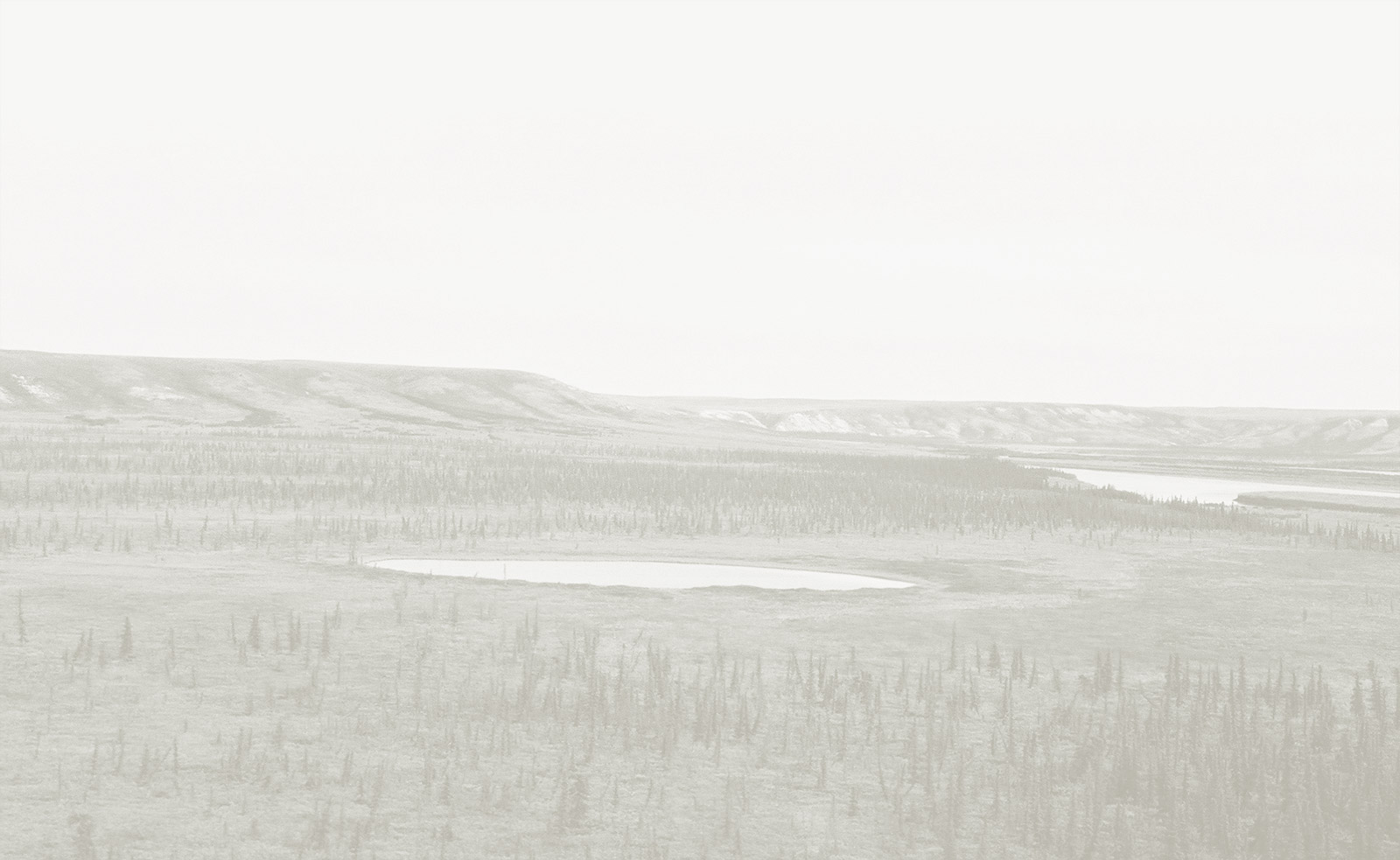


Tukkaq (harpoon); Naulaq (harpoon head); Nauligaq (harpoon shaft)
Harpoons are used for hunting sea mammals such as seals and whales. They have a point, or 'head', that separates from the rest of the harpoon and remains attached to the quarry. A line running from the harpoon head is held by the hunter or attached to a float, allowing the animal or fish to be retrieved. Thrusting harpoons, used for hunting seals at breathing holes on the sea ice, generally have long foreshafts that swivel inside a socket piece attached to the harpoon shaft in order to release the harpoon head. Throwing harpoons used for hunting seals and whales in open water normally have foreshafts that are more securely fixed to the harpoon shaft. Both types are found in the MacFarlane Collection.
William Nasogaluak: Well the similarities are still there from today’s type of harpoon. There are some harpoons that are a little bit different. But they’re still the same, the work. They’re made much the same. Today we have more resources to make harpoon tips. But I guess the style(s) have changed a little bit but they still work the same way.
"(…) it consists of a barbed and very sharp head or point similar in shape to those that have come down to us from antiquity. This point is fastened to the legbone of a reindeer or any such animal; into this legbone the shaft is inserted in such a way that it can be pulled out after the point has penetrated the body of some animal." (Émile Petitot, quoted in Savoie, 1971: 153)